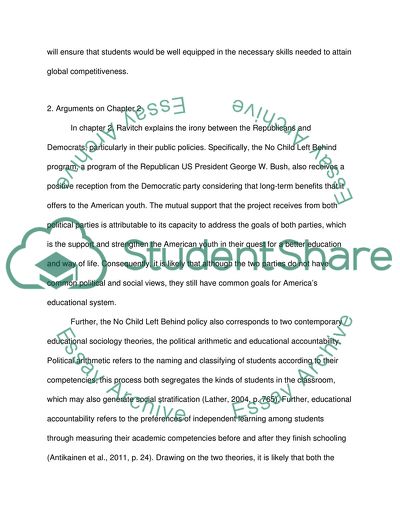Cite this document
(The Death and Life of the Great American School System Book Report/Review, n.d.)
The Death and Life of the Great American School System Book Report/Review. Retrieved from https://studentshare.org/education/1785136-book-review-and-critique-of-diane-ravitchs-the-death-and-life-of-the-great-american-school-system
The Death and Life of the Great American School System Book Report/Review. Retrieved from https://studentshare.org/education/1785136-book-review-and-critique-of-diane-ravitchs-the-death-and-life-of-the-great-american-school-system
(The Death and Life of the Great American School System Book Report/Review)
The Death and Life of the Great American School System Book Report/Review. https://studentshare.org/education/1785136-book-review-and-critique-of-diane-ravitchs-the-death-and-life-of-the-great-american-school-system.
The Death and Life of the Great American School System Book Report/Review. https://studentshare.org/education/1785136-book-review-and-critique-of-diane-ravitchs-the-death-and-life-of-the-great-american-school-system.
“The Death and Life of the Great American School System Book Report/Review”, n.d. https://studentshare.org/education/1785136-book-review-and-critique-of-diane-ravitchs-the-death-and-life-of-the-great-american-school-system.


